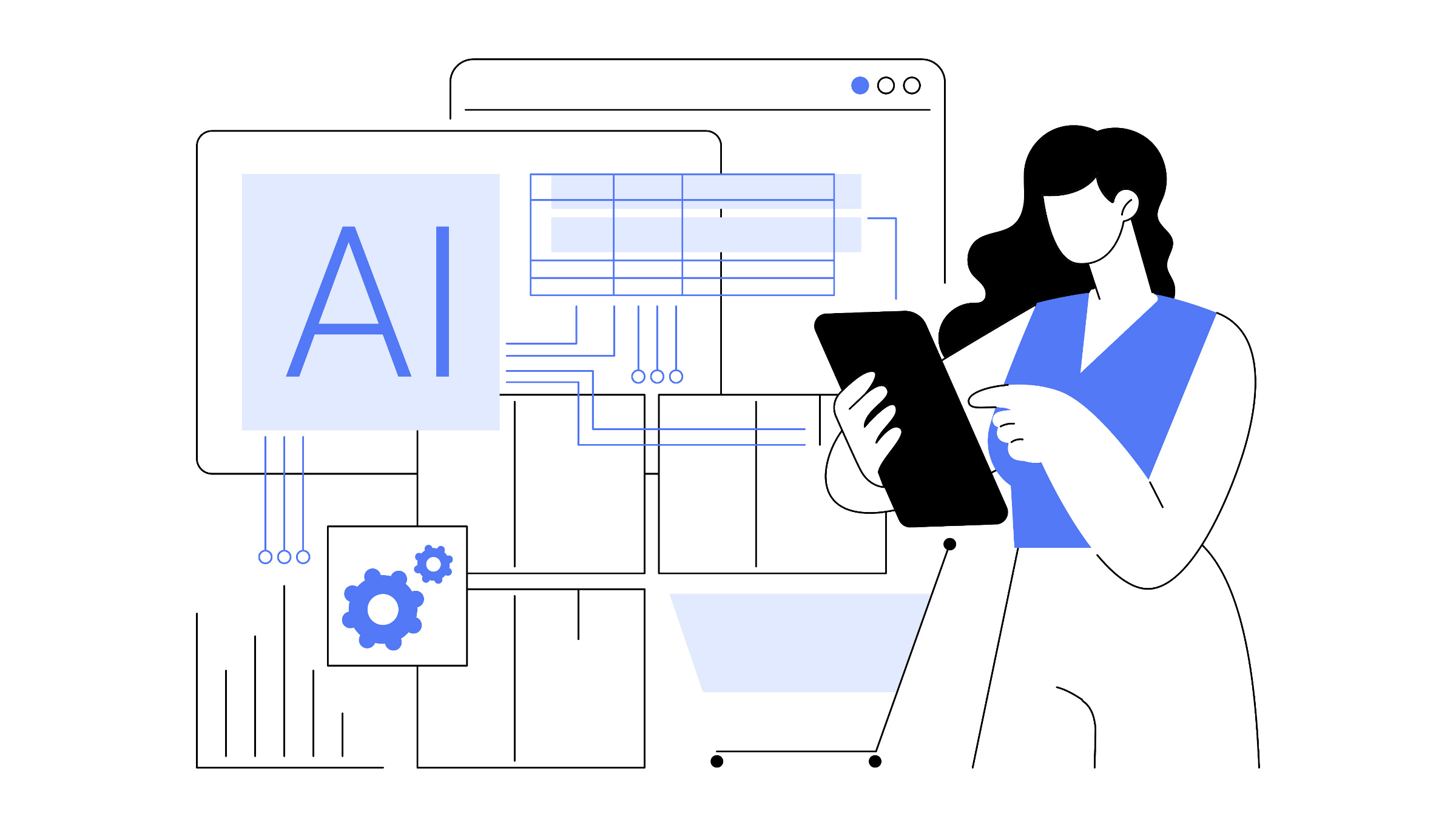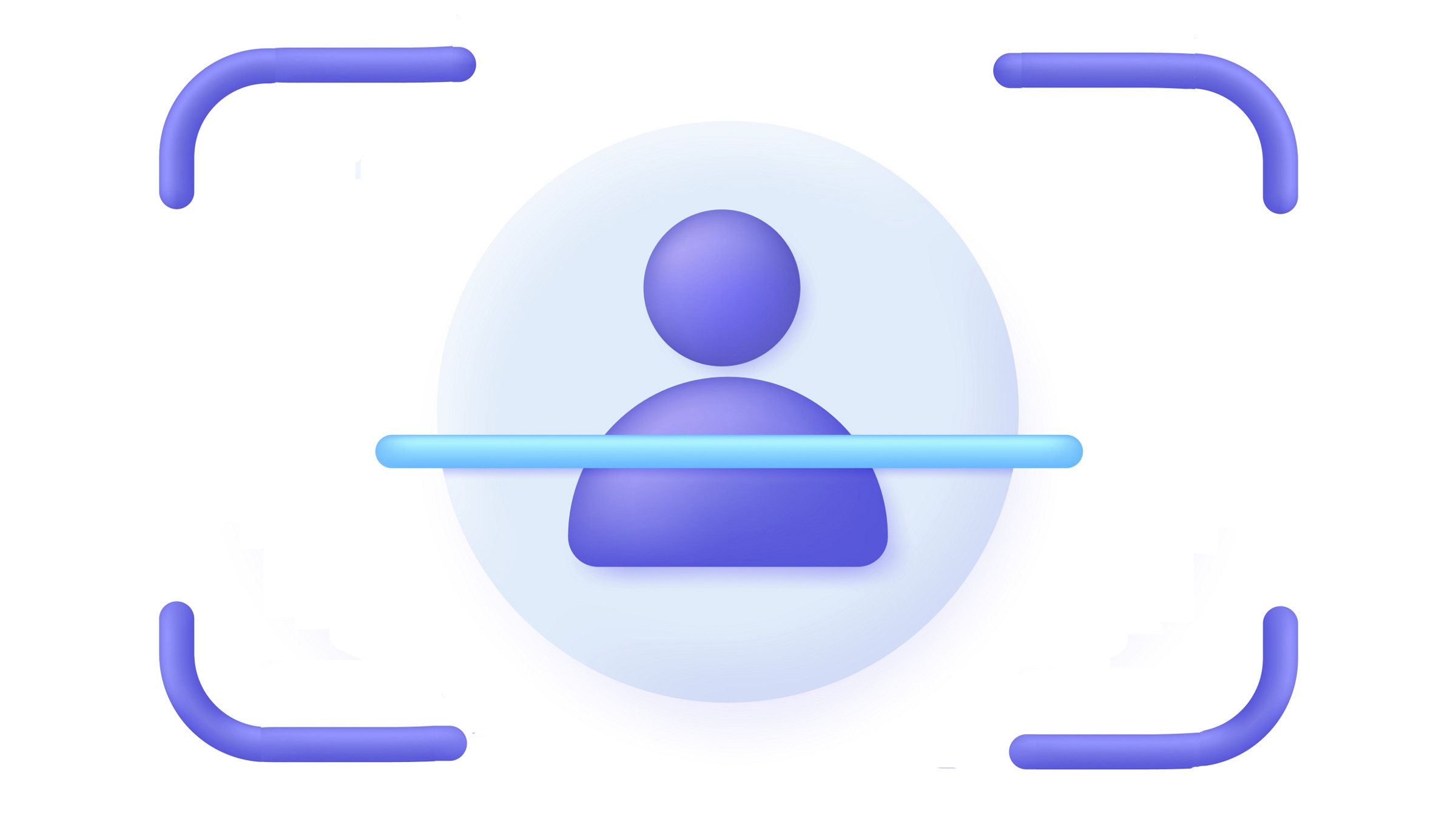
The U.S. is experiencing a prescription opioid overdose epidemic of unprecedented proportions. Brought to the public’s attention by the deaths of Michael Jackson and Prince, the epidemic reaches far beyond celebrities that can afford to "doctor-shop" to get their pills. In fact, doctors nationwide appear to be prescribing them to anyone with pain to give them quick relief, despite the likelihood of addition.
What if wearable electronic devices running sophisticated algorithms could substitute for dangerously addictive drugs?
Opioids are natural, semi-synthetic, and synthetic substances that bind to receptors in the brain to mask or eliminate awareness of pain. They do not actually work at the site of the pain, but rather mute the pain signals being sent from the site to the brain via the spinal cord. Examples include oxycodone, hydrocodone, and fentanyl (mostly used for quick-action relief).
More than 28,000 U.S. citizens died from overdoses involving opioids in 2014 alone, according to the U.S. Centers for Disease Control and Prevention, with many more addicted but keeping their doses low enough to survive.
"We clearly have an opioid epidemic. The United States represents approximately 3-5% of the world’s population, and we consume approximately 85% of the world’s opioid pain medications," said Dr. David Provenzano, a board-certified pain medicine specialist. Provenzano said the use of opioids "appropriately at low doses are okay, but they should not be the first line of defense against pain. Opioid utilization can be associated with significant side effects. In addition, opioids affect brain function; the reason is that the brain itself changes when taking opioids, especially in areas involved in ‘reward’ processing, and this may lead to addiction."
Non-Pharmaceutical Pain Management
A number of electronic remedies work on the nervous system to mitigate, redirect, or even block the natural pain signals traversing the spinal cord to the brain.
Transcutaneous electrical nerve stimulation (TENS) uses an electric current sent through electrodes attached to the skin to stimulate nerves therapeutically. TENS units used to treat pain are typically battery-operated and output a modulated signal with adjustable pulse width, frequency, and intensity. When applied at frequencies below 50 Hz at an intensity below motor contractions, they produce only a tingling sensation, while quelling pain.
Of course, patients who have cardiac pacemakers and implantable cardioverter defibrillators (ICDs) should not use TENS products, nor should patients who are pregnant or suffering from epilepsy, some types of cancer, deep-vein thrombosis, or damaged skin.
TENS units for pain have proven effective in initial clinical studies and have been sold to professionals, especially chiropractors and sports doctors, for years; they are now over-the-counter products (not requiring a doctor’s prescription). Their modern use is credited to Clyde Norman Shealy, an American neurosurgeon who also invented spinal cord stimulation (SCS) and radiofrequency (RF) ablation (severing and removal) of pain nerves.
The first IoT version of TENS can be seen in the product iTENS ($99.99) from iTENS LLC (Akron, OH), a U.S. Food and Drug Administration (FDA) cleared medical electrotherapy device that went on sale in January via the company’s website. Like other TENS products, iTENS connects to the user via lubricated electrodes (consumables that must be replaced as they wear out). By connecting the unit to a smartphone via Bluetooth, and to the Internet via Wi-Fi, iTENS can be fine-tuned with custom parameter settings for pulse width, frequency, and intensity. It also comes with programs that have been helpful to past users for specific maladies, and users can share their programs with others on social media.
Aleve Direct Therapy ($50) is a TENS unit that does not connect to a smartphone for programming its various modes; instead, it has a single wired controller with two buttons. Unlike iTENS, Aleve uses lower-grade electrodes that do not require replacement, but otherwise, its operation is fairly similar; the electrodes are attached to the relevant portion of the patient’s body, and electricity is discharged across the pain-generating nerves. The device is sold on the company’s website, but is also available through the major retail pharmacy chains including CVS, Walmart, and Walgreens.
Despite studies in support of TENS’ effectiveness, Dr. Steven Cohen does not believe products like iTENS really work for most types of chronic pain. Rather, "There is weak, conflicting evidence [about the use of TENS] for chronic pain," said Cohen, who is the chief of the Division of Pain Medicine and director of Clinical Operations, as well as a professor of Anesthesiology and Critical Care Medicine at the Uniformed Services University of the Health Sciences, and professor of Anesthesiology and Critical Care Medicine and Physical Medicine & Rehabilitation at the Johns Hopkins University School of Medicine.
"About half the studies show benefit for neuropathic pain (pain from nerve injury) and fibromyalgia, but these are flawed studies. The evidence supporting TENS for lower-back pain and conditions such as complex regional pain syndrome is even weaker, and in 2012 Medicare decided not to authorize it for back pain," said Cohen, who is also director of Pain Research at Walter Reed National Military Medical Center.
Nevertheless, Cohen said, TENS "may reduce opioid use for a specific type of pain, mainly incident or ‘breakthrough’ pain [severe pain that occurs while a patient is already under the influence of a long-acting painkiller]. He explains TENS is primarily effective while stimulation is applied to the affected area, and occasionally provides relief that outlasts its application.
Provenzano said he often favors neuro-modulation-based techniques such as SCS, which involves the application of pulsed electrical signals to the spinal cord via permanently implanted electrodes, in appropriately selected patients, rather than the long-term use of opioids to control pain."Spinal cord stimulation is more efficacious than TENS" in controlling chronic pain, said Provenzano. "There is Level 1 evidence (evidence obtained from at least one properly designed randomized controlled trial)—which is the highest level—that these devices work."
FDA-approved spinal cord stimulators are available by prescription only, as their electrodes must be surgically implanted. They are made by companies including Boston Scientific, Medtronic, Nervo, Nuvectra, and St. Jude Medical, and each runs different proprietary algorithms to deliver pain-blocking signals. Each comes with its own non-IoT remote control—some with sophisticated touch screens—that allow the user to cut off pain immediately and to choose algorithms to apply different signal types over time.
There are also electronic solutions available for when the specific nerves causing the pain can be identified, according to Provenzano. For instance, in RF ablation, needles are temporarily inserted at each end of the offending nerve; algorithmic RF signals then sever the nerve, resulting in a reduction in pain. That solution can lasts eight to 12 months until the nerve grows back, after which the procedure needs to be repeated. This is often used for neck and back pain caused by arthritic joints.
R. Colin Johnson is a Kyoto Prize Fellow who has worked as a technology journalist for two decades.



Join the Discussion (0)
Become a Member or Sign In to Post a Comment